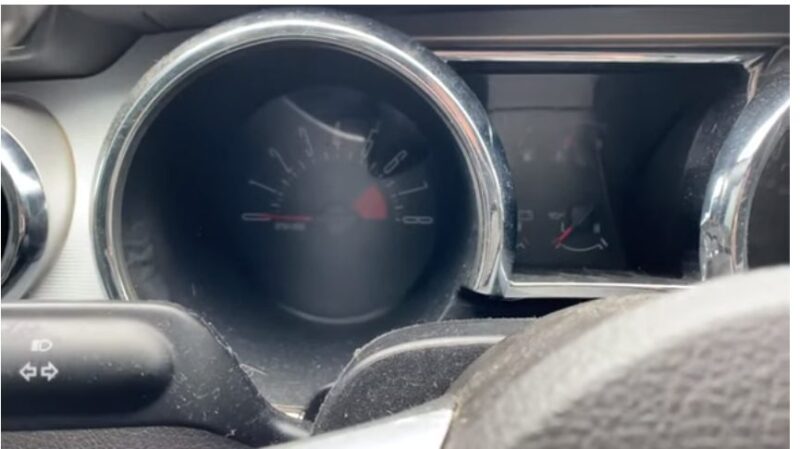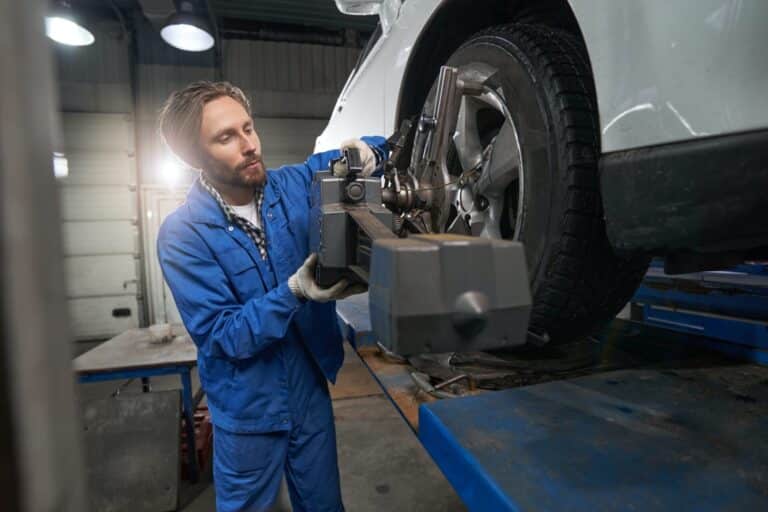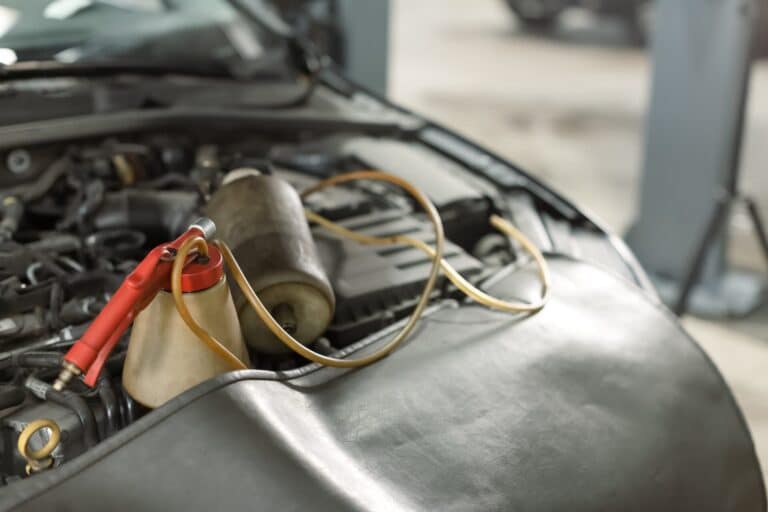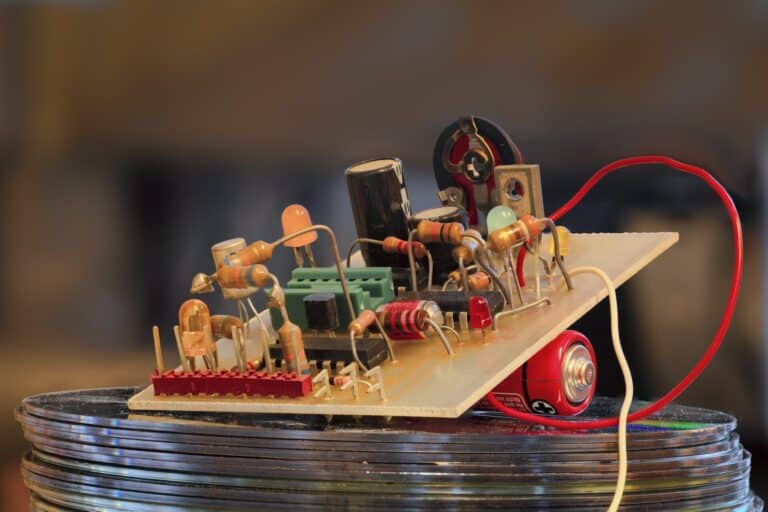Understanding the Causes of Sputtering Acceleration in Cars
Smooth acceleration is crucial for an enjoyable driving experience, but sometimes, your car may idle just fine and then sputter when you step on the gas. The reasons for this can vary, from simple issues like dirty spark plugs to more complex problems with the fuel or ignition systems.
In this article, we’ll explore some common causes of sputtering acceleration and how to address them.

Identifying Common Culprits Behind Sputtering Acceleration
Several factors can contribute to a car that idles fine but sputters during acceleration. By identifying the root cause, you can determine the best course of action for addressing the issue.
Fuel System Issues
One common cause of sputtering acceleration is a clogged fuel filter. As the name implies, the fuel filter’s primary function is to remove contaminants from the gasoline before it reaches the engine.
Over time, the filter can become clogged, restricting fuel flow and causing poor performance. While some fuel filters are designed to last the life of the vehicle, others should be replaced every 30,000 miles or so. If you’re unsure about your car’s maintenance schedule, consult your owner’s manual or speak with a qualified mechanic.
- Dirty fuel injectors can also cause sputtering during acceleration, as they are responsible for delivering the correct amount of fuel into the combustion chamber. Dirt and debris can accumulate on the injector nozzles, leading to uneven fuel distribution and poor performance. A professional fuel injection cleaning service can often resolve this issue.
- If your car uses a carburetor instead of fuel injection, a maladjusted or malfunctioning carburetor can cause sputtering during acceleration. In this case, a skilled mechanic may need to clean, rebuild or replace the carburetor.
Why Does Tesla Have Panel Gaps? click here for information: Tesla Panel Gaps (Everything You Should Know)
Ignition System Problems
Faulty spark plugs or ignition wires are another common reason for your car to sputter when you press the accelerator. Spark plugs produce the electrical charge needed to ignite the air-fuel mixture in the combustion chamber, and over time they can wear out or become fouled by deposits.
Ignition wires connect the spark plugs to the distributor or ignition coil, and damaged or worn-out wires can result in poor engine performance. Replacing the spark plugs and ignition wires is a relatively simple and inexpensive maintenance task that can often resolve sputtering issues.
In some cases, a failing ignition coil or distributor may be the cause of sputtering acceleration. Both components play a vital role in generating and distributing the high-voltage current required for proper ignition.
If either component is failing, the engine may not receive the necessary spark to ignite the fuel, resulting in uneven combustion and poor performance. Diagnosis and replacement of these parts should be performed by a professional mechanic.
Potential Air Intake and Exhaust System Issues
The air intake and exhaust systems play an essential role in your vehicle’s performance. A problem within one of these systems might cause your car to idle fine but sputter when accelerating.
Air Intake System
A dirty or clogged air filter can restrict airflow into the engine, causing it to struggle under load. Your engine needs a precise balance of air and fuel to function efficiently, so be sure to check your air filter regularly and replace it as necessary.
If the air filter is in good condition, it’s possible that a faulty mass airflow sensor (MAF) could be causing the sputtering. The MAF measures the amount of air entering the engine and sends this information to the vehicle’s computer.
If the sensor is malfunctioning, it can send incorrect data, resulting in an improper air-fuel mixture and poor performance. A professional mechanic can diagnose and replace a faulty MAF sensor if needed.
Exhaust System
A clogged or damaged catalytic converter may also cause your car to sputter during acceleration. The catalytic converter helps reduce harmful emissions by converting toxic gases into less harmful substances.
Over time, it can become clogged with carbon deposits or its internal structure may degrade, causing a restriction in exhaust flow and negatively impacting engine performance. A qualified mechanic can diagnose and replace a failing catalytic converter as required.
Electronic Control Module Faults
The electronic control module (ECM) is essentially the “brain” of your vehicle, controlling various aspects of the engine management system. A problem with the ECM could potentially lead to sputtering acceleration.
For example, if the ECM isn’t providing accurate information about the throttle position or receiving incorrect data from sensors like the MAF or oxygen sensors, the engine might not receive the correct air-fuel mixture for proper combustion. In such cases, diagnostic testing and professional assistance will likely be necessary to address the issue.
Are you wondering why your Tesla audio not working? Click here for details: This is Why Your Tesla Audio Not Working!
Final Thoughts on Sputtering Acceleration
As you can see, there are numerous possible causes for a car that idles fine but sputters when accelerating. While some issues, like dirty spark plugs or a clogged air filter, can be easily addressed through routine maintenance, more complex problems may require the expertise of a professional mechanic.
Don’t ignore sputtering acceleration—keeping your vehicle properly maintained and addressing issues promptly will help ensure optimal performance, fuel efficiency, and overall driving enjoyment.






